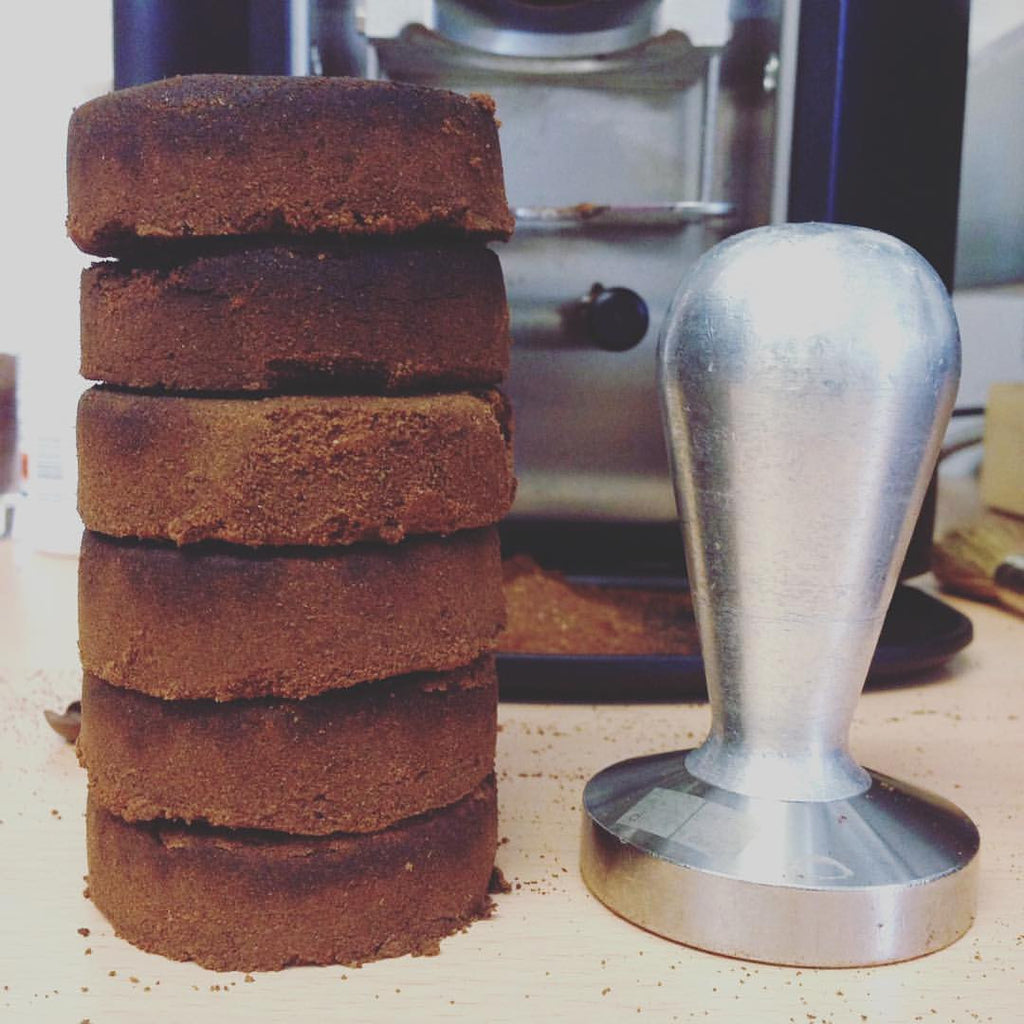Strength, extraction and what else?
Recap on the espresso theory
(Part I - Strength)
Although there is no universal recipe to get the “perfect” espresso, it is accepted, as much as obvious, that some cups are better than others. Which are the determinants of the espresso quality? Would it be possible to measure some characteristics of an espresso in order to make it repeatable, like the recipe of an Italian tiramisu cake?
In this article, and in the followings of this series, we want to recap some key points of the espresso theory, trying to answer the questions above.
In general, a good espresso is the result of a delicate balance amongst a large number of elements, not least the type of coffee, the roasting profile and a number of personal preferences. However, it has been proved in the 50s, that some well-identified measurable dimensions to characterize the espresso do exist (*). Depending on the value they assume, an espresso may be acceptable, or not, to the majority of the drinkers. These dimensions are the strength and the extraction.
The strength of an espresso is qualitatively associated with facets such as "body", "density", "robustness" and others. A coffee very "strong" is generally creamy, fortified, with a lot of flavor and much body, though not necessarily with a pleasant taste. A less strong coffee is watered down and fluid, with less body and with subtler flavors, less definite, though not necessarily unpleasant.
From a quantitative standpoint, the strength of a certain quantity of espresso can be measured by the ratio between the amount of solids and the amount of water by which is composed, or more generally by the weight of dissolved solids into the cup as a percentage of the total espresso weight. Therefore, to measure the espresso strength is necessary to measure the amount of dissolved solids (TDS - Total Dissolved Solids) and weight of the espresso into the cup.
The espresso weight can be quantified very easily using a scale. The TDS can be measured less easily but accurately by using a refractometer, an essential – although not exactly cheap – tool. We will devote a future article on this blog to describe more in detail what a refractometer is, why it is useful and how to use it.
If two espressos weight the same, the stronger one is composed by a greater amount of dissolved solids and by a smaller amount of water compared to the weaker espresso. In other words, a stronger espresso is the result of a minimal quantity of water being able to move a substantial amount of coffee solids into the cup: the strength is a measure of efficiency of the espresso production process.

But how do these solids turn out into the cup? They are transported by the water (under about 9 bar of pressure exercised by the espresso machine pump) through the coffee tile (the dose), incorporating some soluble components during the extraction process, transporting them into the cup.
The dissolved compounds vary considerably in nature, quantity and characteristics during the extraction. The roasting process produces a huge variety of aromatic compounds (over 800), mainly through continuous amino acids non-enzymatic reduction reactions (Maillard reactions).
As soon as the water starts to percolate through the dose the more soluble components are immediately dissolved and transported. These include various types of acids most of which taste pleasantly, giving the characteristic fruity flavor traits to the coffee. Even earlier, all the salt compounds are dissolved and immediately transported into the cup.
Such compounds run out in a few seconds, and their specific concentration in the water that runs through the filter progressively decreases. Other components with lower solubility start to get increasingly dissolved and become predominant.
For example, almost all of the sugars in the green coffee are caramelized in the final stage of the roasting process. Depending on the roasting degree, their extraction determines the flavor from sweet to bitter (the latter in case of dark roasts, where the caramelized sugars started to enter into a pyrolitic process).
If the extraction is further progressed, polyphenols and caffeine will be among the last to dissolve in water and to be drawn into the cup. They give bitter and astringent notes to the coffee, covering and overhanging sugars. That's why a very strong coffee may not necessarily be pleasant: it depends on what specific solid water has "dragged along".
See you soon with the second article of this series!
(*) All the concepts are in reality applicable to any kind of extractions.


